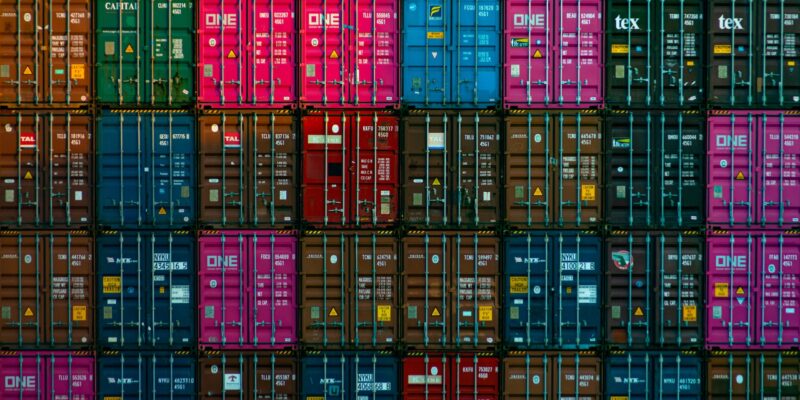The European Union’s proposed inclusion of the maritime sector in its Emissions Trading System (ETS) is still pending agreement at the trilogue, with no firm deadline set. If approved, over 2,000 vessel operators would be required to acquire European Union Allowances (EUAs) for compliance when trading at EU ports. However, industry experts have highlighted the lack of awareness and preparedness among shipping firms regarding the potential consequences of the ETS.
Challenges Ahead:
According to Mattia Ferracchiato, head of carbon markets at shipbroker BRS, only three shipping companies have set up trading accounts for carbon allowances despite the approaching potential inclusion date in 2023. Many companies have dedicated personnel or departments to handle carbon regulations, but trading activities are yet to be established. This lack of awareness highlights the need for greater understanding of the implications of the ETS within the maritime sector.
Limited Impact on Fuel Switching:
While the ETS aims to reduce emissions, experts anticipate that it will have limited impact on encouraging fuel switching to lower-emitting options, such as liquefied natural gas (LNG), due to the high cost of gas. Vessels predominantly rely on oil-based marine gasoil, and the cost differential between LNG and traditional fuels makes it economically challenging for ship operators to switch. Consequently, operators may opt to increase freight rates to offset the costs associated with acquiring EUAs.
Cost Considerations and Geopolitical Factors:
The potential cost savings from burning LNG, which produces lower CO2 emissions, are modest compared to the higher cost of the fuel itself. Senior market analyst Svetlana Lobaciova from Gibson Shipbrokers emphasizes that the price of LNG is unlikely to decrease significantly in the coming years, making it less compelling for operators to switch to this alternative. Geopolitical factors and market dynamics play a role in shaping the availability and affordability of LNG, which adds to the challenges of fuel switching in the maritime industry.
Conclusion:
As the EU’s proposed inclusion of the maritime sector in the ETS awaits agreement, the lack of awareness among shipping firms regarding the potential consequences of this regulatory framework is a concern. While the ETS aims to reduce emissions and encourage cleaner practices, challenges related to fuel switching and the cost implications associated with acquiring EUAs remain significant. It is crucial for the industry to enhance its understanding of the ETS and explore sustainable solutions that balance environmental objectives with economic feasibility.

